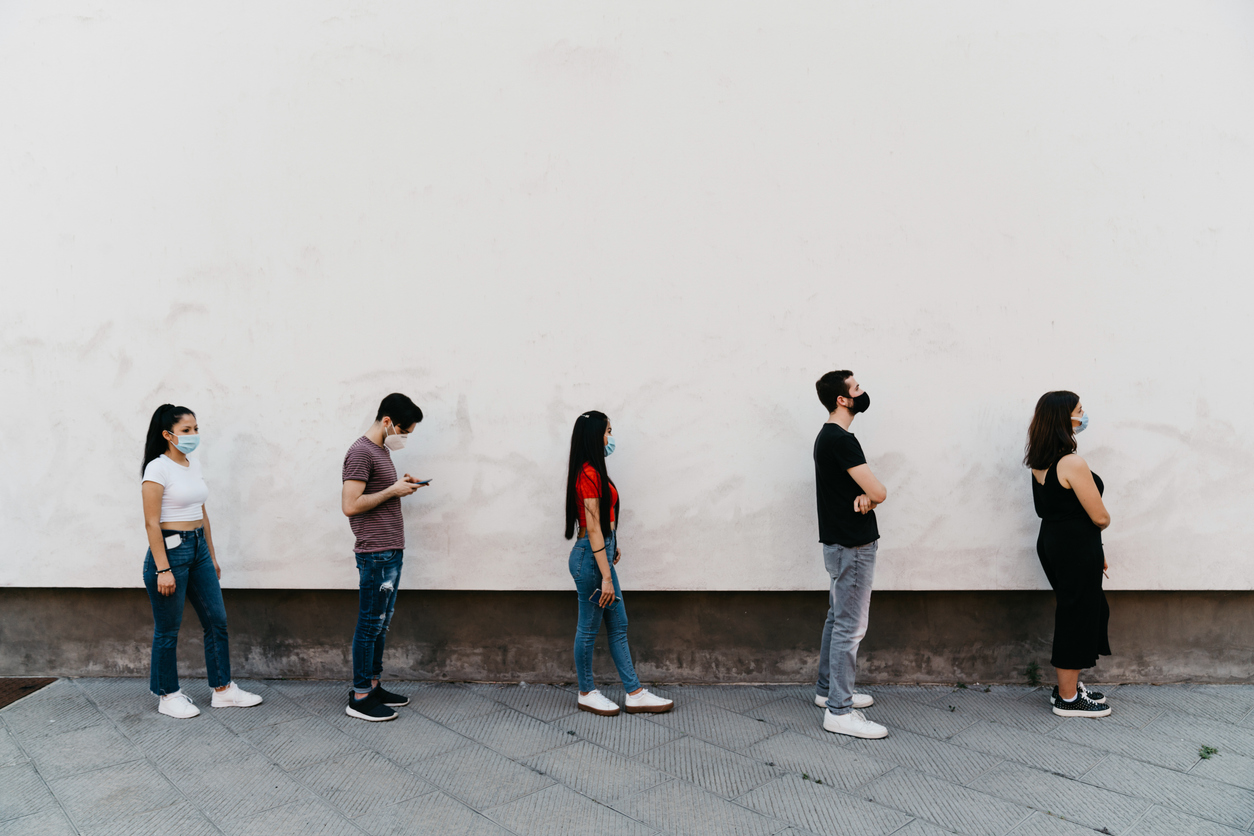
It has become evident that we must look at temperature as one of the first ways to help manage the risks associated with the current global pandemic and in creating a first line of defense for employees, patients, and the public.
According to the Centers for Disease Control (CDC), one strategy is for employers to pre-screen employees’ temperatures. By measuring temperatures and assessing symptoms prior to the start of work, employees will be vital to containing the spread of COVID-19. CDC guidelines add, “Ideally, temperature checks should happen before the individual enters the facility.”
Thermal Imaging Temperature Systems that can remotely scan and report temperatures are here -- and a “hot” topic, so to speak.
How do they work?
With thermal imaging, non-contact cameras use sensors to detect so-called “hot zones;” infrared energy (heat) emitted from an individual (alone or in a crowd) and convert the energy into an electronic signal. The signal is then converted into a series of infrared and visible thermal video images made from heat, not by visible light, which are then transmitted in real-time to a monitoring center for analysis and processing. A person’s current hot zones with temperature calculations is then viewed by a screener and recorded.
Can thermal temperature imaging spot a virus or an infection?
In short, no. But since these systems can sense more than heat, they can help isolate potential risks. Both thermal imaging and forward-looking infrared cameras can be used to sense Elevated Body Temperatures (EBT) and identify tiny differences in the heat signatures — as little as +/- 2.0°C — which can be displayed as shades of gray or other selected colors. If a scanned person is showing a high body temperature he or she could be immediately pulled aside for additional screening for a virus or infection.
Thermal Imaging Systems and COVID-19
Using a thermal imaging system rather than infrared and digital thermometers has advantages and disadvantages. Overall, however, implementing these systems in public places with moderate to high traffic can be advantageous.
According to the US Food and Drug Administration (FDA), thermal imaging systems have been shown to accurately measure surface skin temperature from a distance. This is a benefit over ways to measure temperature that require closer proximity such as non-contact forehead thermometers or oral digital thermometers
Using thermal imaging systems can be quicker than using thermometers. Having people stand in a line while using an infrared thermometer can take up to three minutes per person. That’s over 100 minutes for 50 people! With a thermal imaging system, businesses, classrooms, and other venues can keep people moving.
Limits of Thermal Imaging
Thermal imaging cannot definitely diagnose any type of illness, including COVID-19. A diagnostic test is needed to determine if someone has COVID-19. In addition, although thermal imaging takes multiple temperatures very quickly, the systems still need to take one person’s temperature at a time. The systems have not been shown to be accurate when attempting to take the temperature of several people at the same time.
The accuracy of thermal imaging systems depends on careful set-up and operation, as well as preparing the people who are going to be evaluated. Get more information regarding these systems here: Enforcement Policy for Telethermographic Systems During the Coronavirus Disease 2019 (COVID-19) Public Health Emergency
Managing risks associated with our current pandemic is incredibly important and although thermal imaging systems cannot be definitive in diagnosing COVID-19, they are a good tool and line of defense for the public.
Sources:







